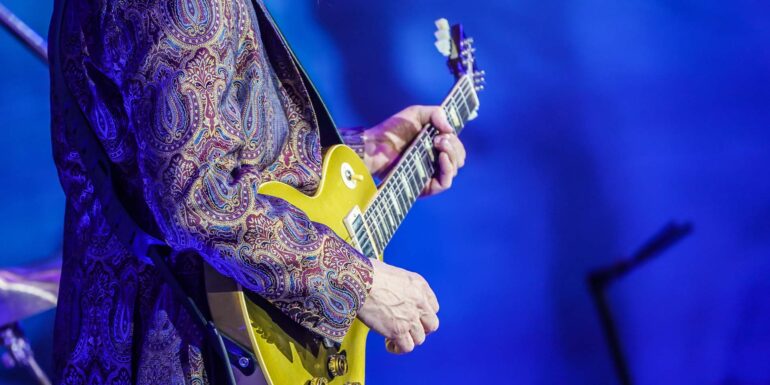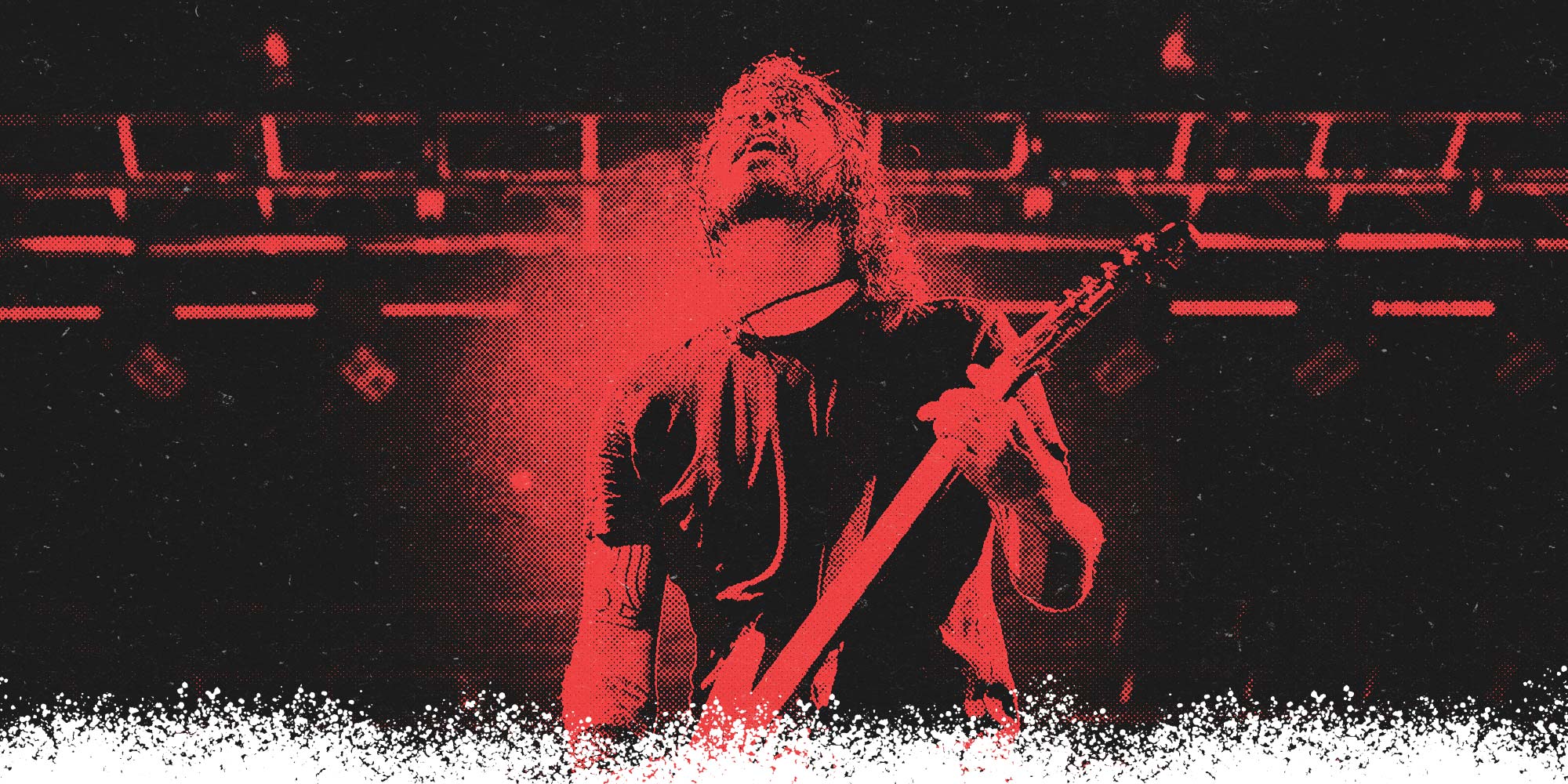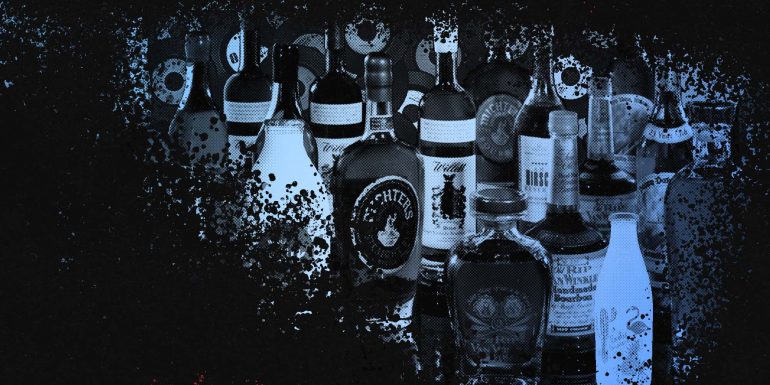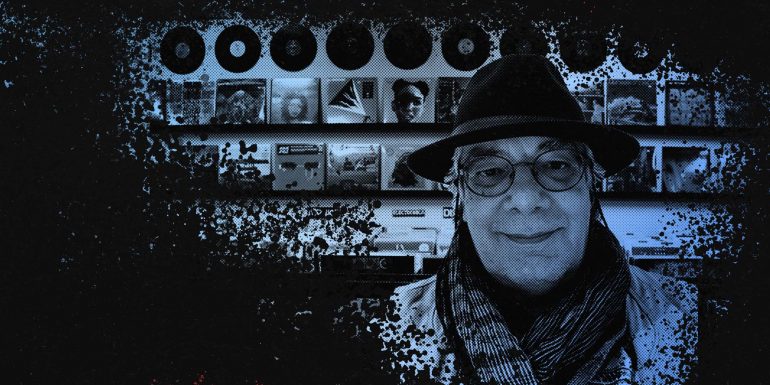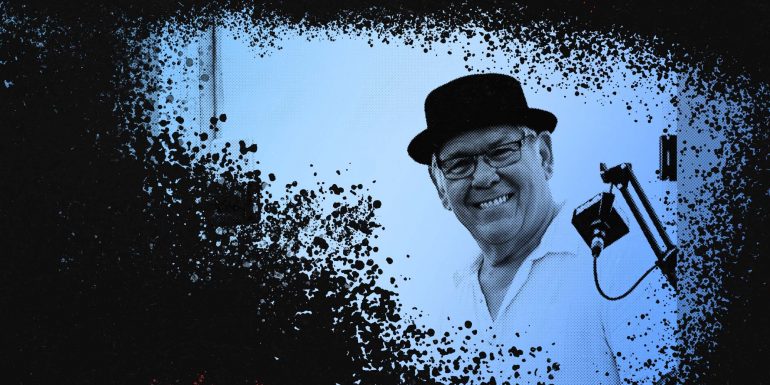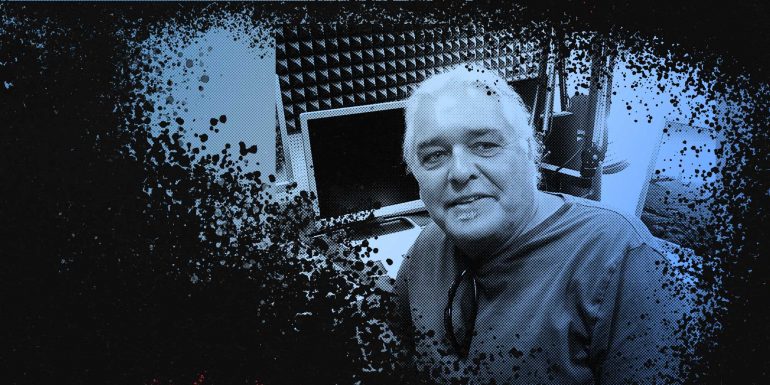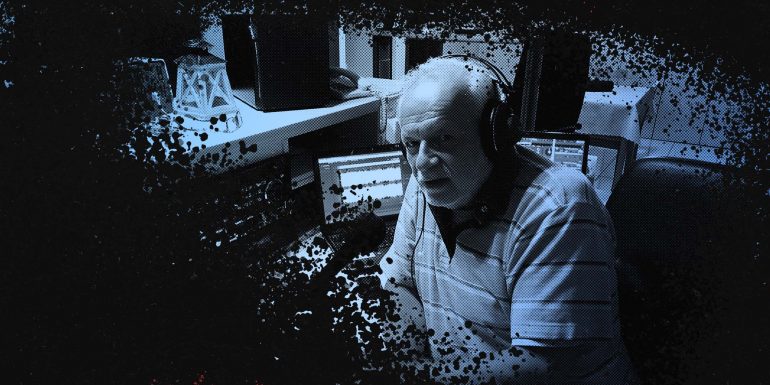Blues rock is a fusion music genre that combines elements of blues and rock music. It is mostly an electric ensemble-style music with instrumentation similar to electric blues and rock (electric guitar, electric bass guitar, and drums, sometimes with keyboards and harmonica). From its beginnings in the early to mid-1960s, blues rock has gone through several stylistic shifts and along the way it inspired and influenced hard rock, Southern rock, and early heavy metal.
Blues rock started with rock musicians in the United Kingdom and the United States performing American blues songs. They typically recreated electric Chicago blues songs, such as those by Willie Dixon, Muddy Waters, and Jimmy Reed, at faster tempos and with a more aggressive sound common to rock. In the UK, the style was popularized by groups such as the Rolling Stones, the Yardbirds, and the Animals, who put several blues songs into the pop charts. In the US, Lonnie Mack, the Paul Butterfield Blues Band, and Canned Heat were among the earliest exponents. Some of these bands also played long, involved improvisations as were then commonplace on jazz records.[3] In the late 1960s and early 1970s, the style became more hard rock-oriented. In the US, Johnny Winter, the early Allman Brothers Band, and ZZ Top represented a hard rock trend, along with Ten Years After, Savoy Brown, and Foghat in the UK.
In the 1980s, more traditional blues styles influenced blues rock, which continues into the 2000s, with more of a return to basics.[citation needed] Along with hard rock, blues rock songs became the core of the music played on album-oriented rock radio in the United States, and later the classic rock format established there during the 1980s. (From Wikipedia)
